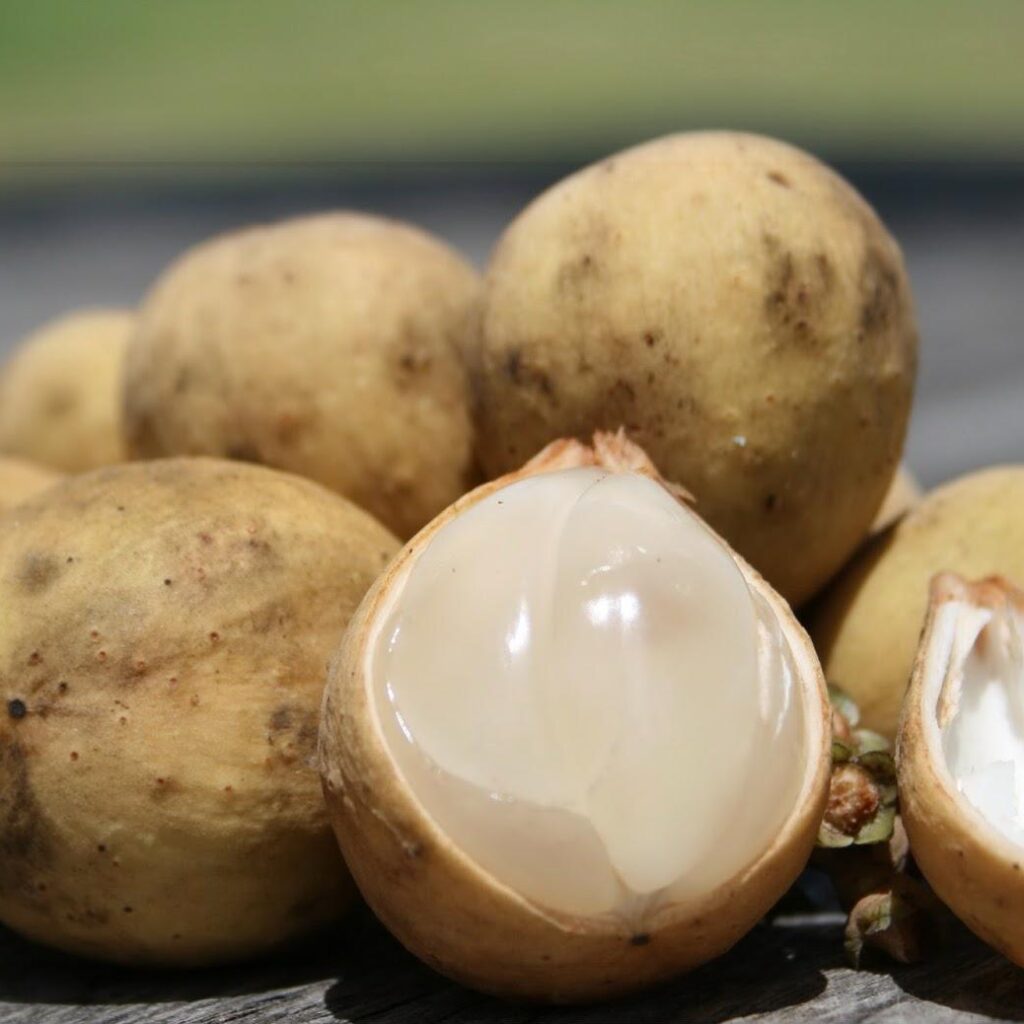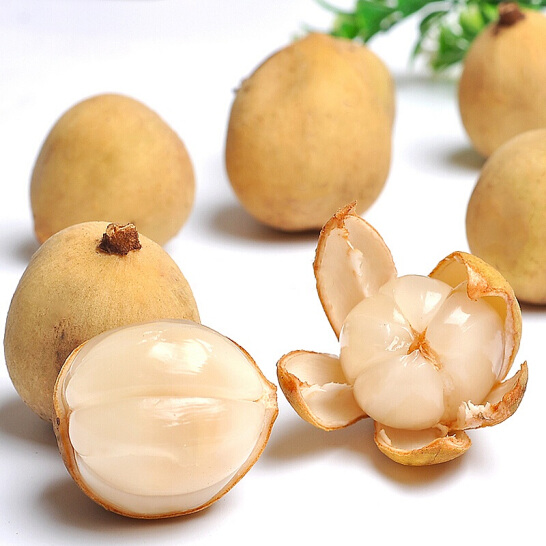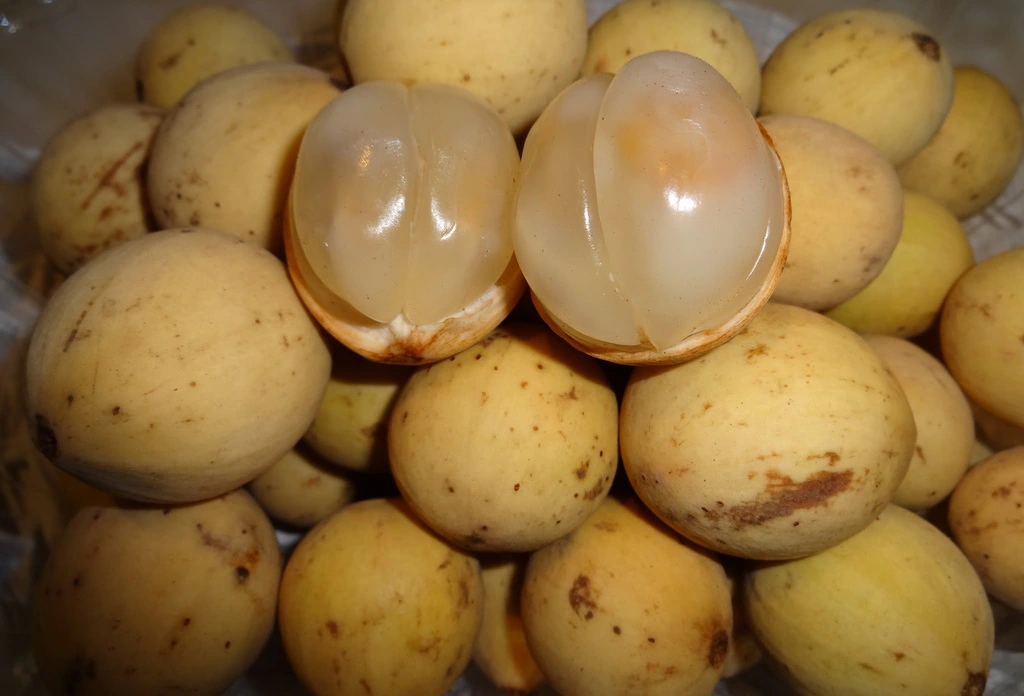Jabuticaba, often dubbed the “Brazilian grape tree,” is a unique fruit native to Brazil, celebrated for its sweet, tangy flavor and nutritional benefits. Unlike most fruits, jabuticaba grows directly on the trunk and branches of its tree, giving it a strikingly unusual appearance that has captivated horticulturists, chefs, and health enthusiasts alike. While jabuticaba is less well-known globally compared to fruits like bananas or mangoes, its economic and cultural significance in Brazil is immense. This article explores jabuticaba production, its uses, and identifies which country leads in cultivating this distinctive fruit.
Introduction to Jabuticaba
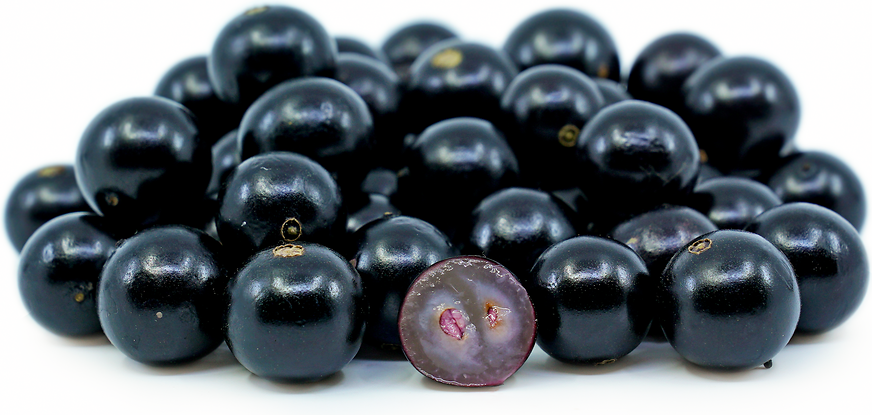
Jabuticaba belongs to the family Myrtaceae, and its scientific name is Plinia cauliflora. The fruit is small, round, dark purple to black, and has a gelatinous pulp inside, which is rich in antioxidants, vitamins, and minerals. Jabuticaba is consumed fresh, fermented into wines, processed into jellies, or used in beverages and desserts.
This fruit is highly perishable, which limits its global trade. Fresh jabuticaba is typically consumed locally, but processed forms such as jams, juices, and liqueurs have gained international recognition. Due to its specific climate requirements and delicate nature, jabuticaba cultivation is concentrated in regions with warm, humid subtropical climates.
Jabuticaba Production: Global Overview

Jabuticaba is primarily grown in South America, with Brazil being the historic and dominant producer. Other countries like Argentina, Paraguay, and Uruguay have minor production, usually in small gardens or research projects. Unlike more commercially traded fruits, jabuticaba production is not yet a large-scale export industry, which makes Brazil the undisputed leader in both volume and expertise.
Factors Influencing Production
- Climate: Jabuticaba thrives in subtropical and tropical regions with well-distributed rainfall and temperatures ranging from 20°C to 30°C.
- Soil: The fruit prefers well-drained, fertile soils rich in organic matter.
- Growth Cycle: Trees can take 6–8 years to bear fruit from seed but can produce fruit within 2–3 years if propagated via grafting.
- Care and Maintenance: Pruning, fertilization, and irrigation are essential for optimal fruit quality and yield.
Brazil: The Largest Jabuticaba Producer
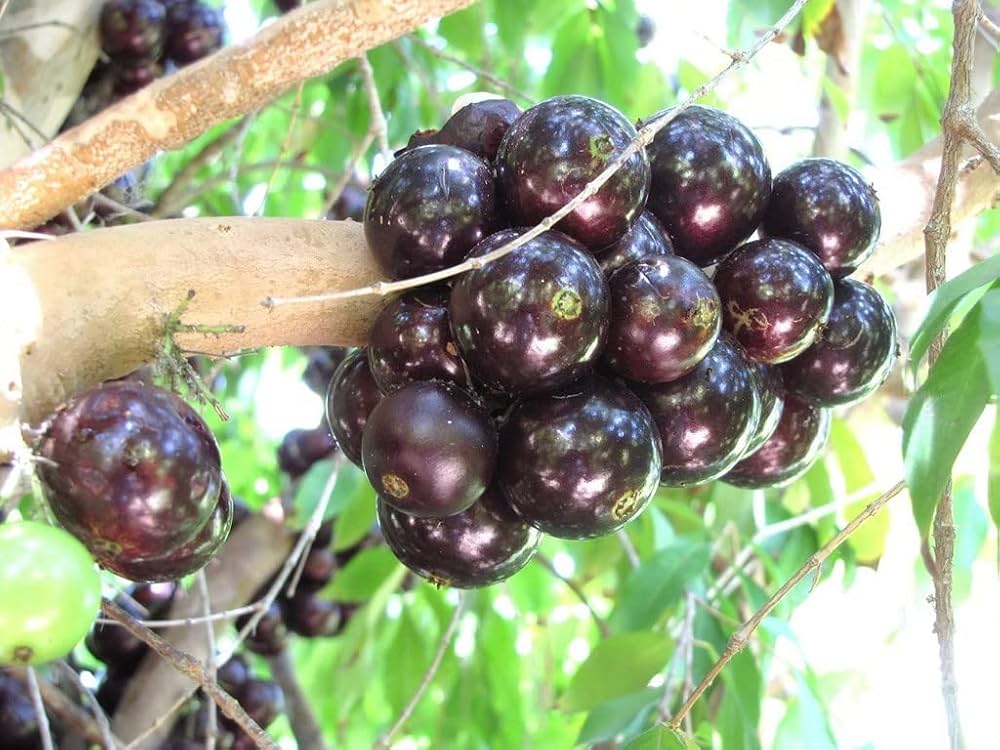
Brazil is not only the birthplace of jabuticaba but also the largest producer by far. The fruit is culturally significant and widely cultivated in home gardens, small farms, and even urban areas.
Regions of Production in Brazil
- Minas Gerais: Known for large orchards and quality production, with local varieties preferred for jams and juices.
- São Paulo: Urban and peri-urban gardens often cultivate jabuticaba for personal consumption and local markets.
- Paraná and Rio de Janeiro: Coastal and subtropical regions with ideal growing conditions.
- Other Regions: Smaller plantations exist across Goiás, Santa Catarina, and southern Brazil.
Production Practices
Brazilian farmers cultivate jabuticaba both for local markets and value-added products:
- Fresh Consumption: Eaten directly from the tree.
- Processed Products: Juices, wines, liqueurs, jams, and ice creams.
- Medicinal and Nutritional Uses: Rich in antioxidants, jabuticaba is used in supplements and natural remedies.
The majority of jabuticaba production in Brazil is still consumed domestically due to the fruit’s perishable nature. Efforts to extend shelf life through refrigeration, freezing, and processing are ongoing to allow limited export.
Other Countries Producing Jabuticaba
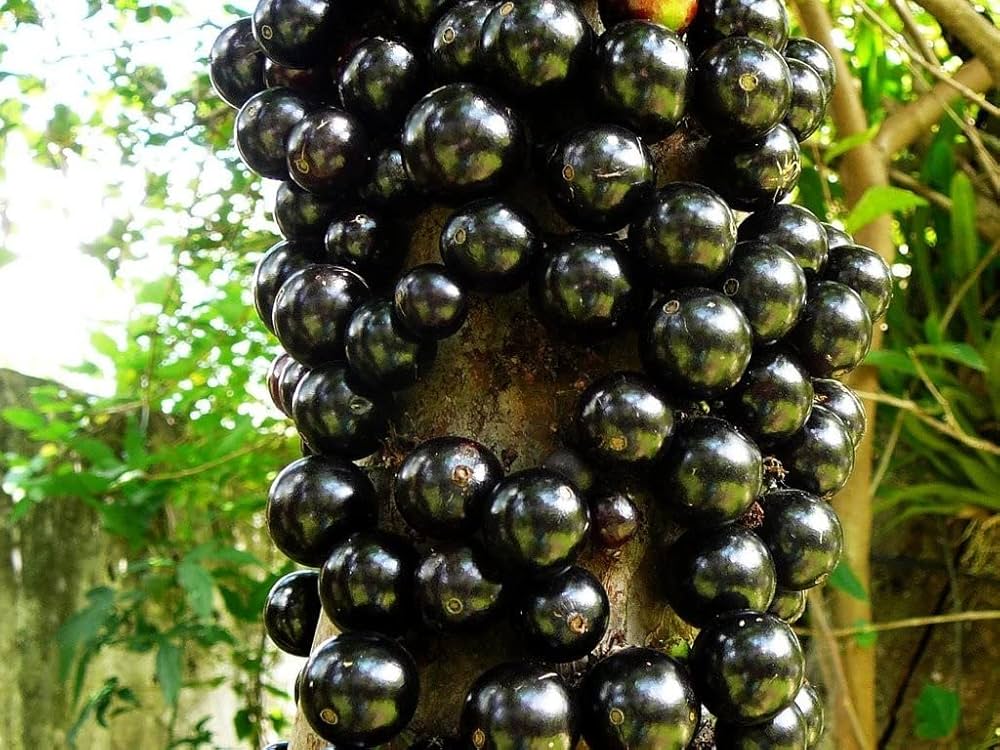
While Brazil dominates production, a few neighboring countries cultivate the fruit in smaller quantities:
Argentina
Argentina has experimental orchards and small-scale farms producing jabuticaba for local consumption. The fruit is primarily grown in subtropical regions like Misiones and Corrientes. Production volume is significantly lower than Brazil’s, and most fruit is consumed fresh or in processed products.
Paraguay
Paraguay cultivates jabuticaba mostly in backyard gardens and research stations. Similar to Argentina, production is limited, and commercial export is minimal.
Uruguay
In Uruguay, jabuticaba is grown in small quantities for niche markets, ornamental purposes, and personal consumption.
Despite these efforts, none of these countries match Brazil’s production volume or expertise in processing jabuticaba into commercially viable products.
Economic and Cultural Significance
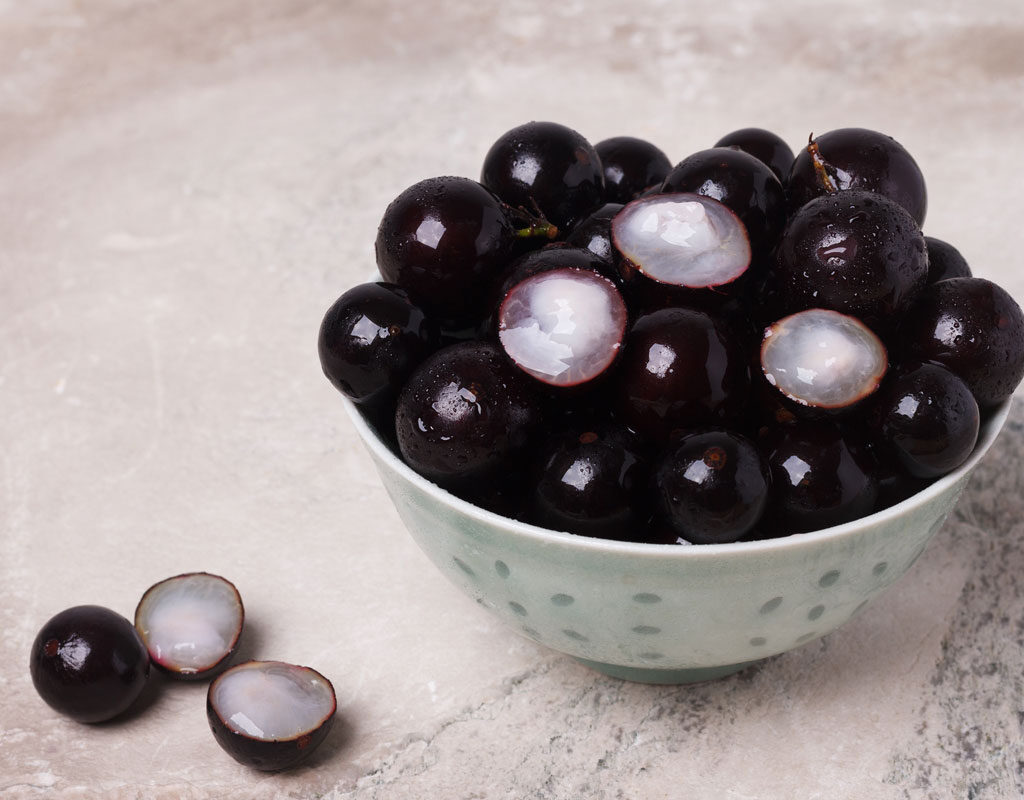
In Brazil, jabuticaba is more than just a fruit—it is embedded in cultural practices:
- Local Festivals: Towns like Sabará in Minas Gerais host jabuticaba festivals celebrating the harvest.
- Culinary Use: Traditional Brazilian recipes incorporate jabuticaba in jams, desserts, and beverages.
- Economic Role: Small farmers rely on jabuticaba as a source of supplemental income through local markets and value-added products.
The economic impact is growing as more entrepreneurs explore processed products for regional and international markets.
Challenges in Jabuticaba Production
Despite its popularity, jabuticaba cultivation faces several challenges:
- Perishability: Fresh fruit has a very short shelf life, often only a few days.
- Labor-Intensive Harvesting: Fruits grow on trunks and branches, requiring careful handpicking.
- Climate Sensitivity: Drought, frost, or excessive rain can reduce yield and quality.
- Limited Export Market: Due to perishability and lack of large-scale processing, jabuticaba is not widely exported internationally.
Researchers and agricultural entrepreneurs are working to develop improved storage, processing, and propagation methods to overcome these challenges.
The Future of Jabuticaba Production
Brazil’s leadership in jabuticaba production is likely to continue, but there is potential for growth:
- Value-Added Products: Expanding jams, juices, wines, and supplements for both domestic and international markets.
- Improved Cultivation Techniques: Grafting and modern farming methods can accelerate fruiting and improve yields.
- Export Potential: Freezing, drying, or converting into processed products can enable export to regions like North America, Europe, and Asia.
- Urban Agriculture: Vertical and container gardening techniques allow jabuticaba cultivation even in city environments.
Conclusion
The question, “Which country is the largest jabuticaba producer?”, is unequivocally answered by Brazil. With ideal climate, rich cultural significance, and decades of expertise, Brazil produces the majority of the world’s jabuticaba. While neighboring countries such as Argentina, Paraguay, and Uruguay cultivate the fruit on a smaller scale, Brazil remains unmatched in both volume and innovation in processing and value addition.
As global interest in exotic fruits and functional foods grows, jabuticaba presents an opportunity for expansion beyond Brazil’s borders. With strategic investments in post-harvest technology, processing, and international marketing, jabuticaba could become a recognized specialty fruit worldwide.
In summary, Brazil is the heart of jabuticaba production, preserving its traditional cultivation practices while embracing modern techniques that promise a sustainable and prosperous future for this unique Brazilian fruit.






































